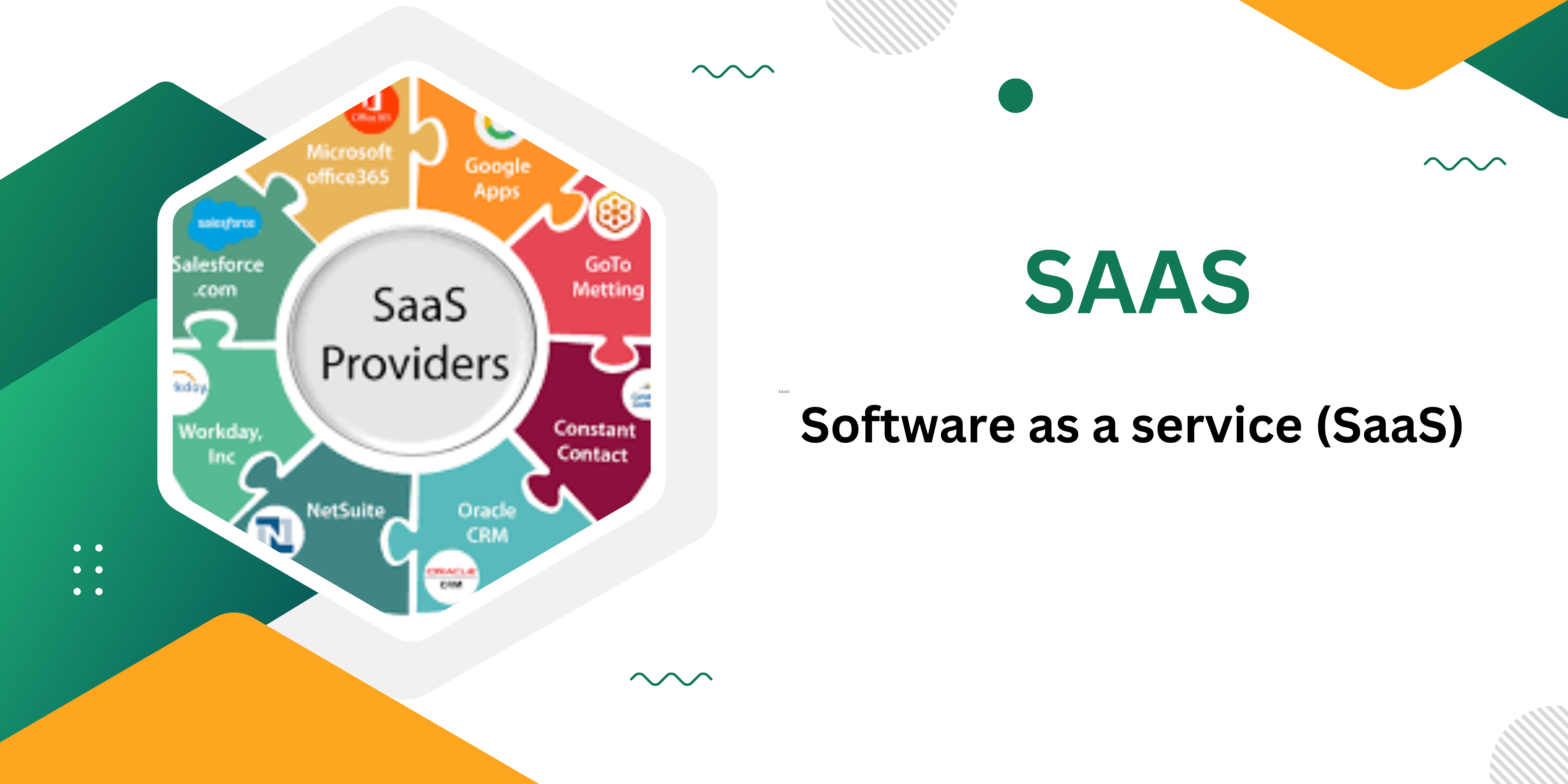SaaS, or Software as a Service, has revolutionized the way businesses and individuals access software. Instead of buying and installing software on individual computers or servers, SaaS delivers applications over the internet, typically through a subscription model. This approach shifts the burden of software maintenance, updates, and infrastructure management to the service provider, allowing customers to focus on using the software rather than managing it.
Key characteristics of SaaS include:
- Accessibility: Users can access SaaS applications from any device with an internet connection, enabling remote work and collaboration.
- Scalability: SaaS allows organizations to easily scale their software usage up or down based on their needs, often with flexible subscription plans.
- Cost-effectiveness: Upfront costs are typically lower because users pay for subscriptions rather than purchasing expensive software licenses. Additionally, maintenance costs are reduced since the provider manages updates and infrastructure.
- Automatic Updates: SaaS providers handle updates and upgrades, ensuring that users have access to the latest features and security patches without manual intervention.
- Integration: Many SaaS applications offer APIs (Application Programming Interfaces) that allow them to integrate with other software systems, facilitating workflow automation and data sharing.
- Security: Providers invest in robust security measures to protect data and ensure compliance with industry standards and regulations.
- Subscription Model: SaaS operates on a subscription basis, usually billed monthly or annually, which can offer financial predictability and flexibility.
Overall, SaaS has democratized access to sophisticated software tools, making advanced technology accessible to businesses of all sizes and industries without the traditional barriers of cost and complexity.


Software as a Service (SaaS) is a cloud-based software distribution model where applications are hosted and maintained by a third-party provider and made accessible to customers over the internet. Unlike traditional software models that require purchasing and installing software on individual devices, SaaS allows users to access applications via a web browser or thin client. This model offers several advantages, including lower costs, easier scalability, automatic updates, and remote access from any device with an internet connection. SaaS has become increasingly popular across various industries due to its flexibility, efficiency, and ability to streamline software management and deployment processes.





